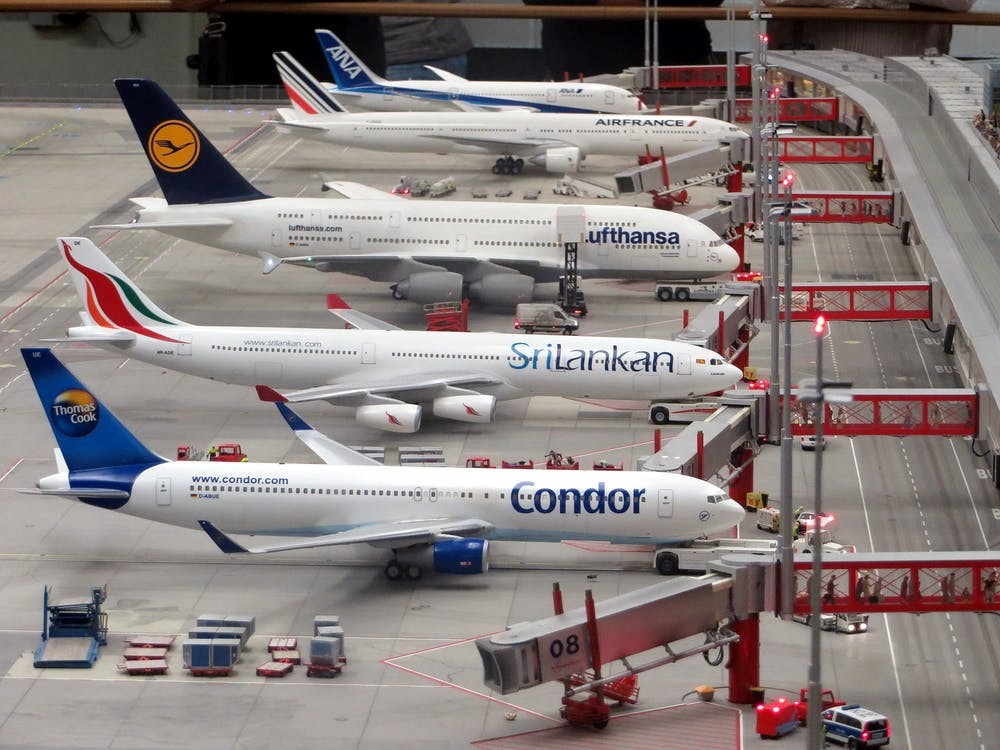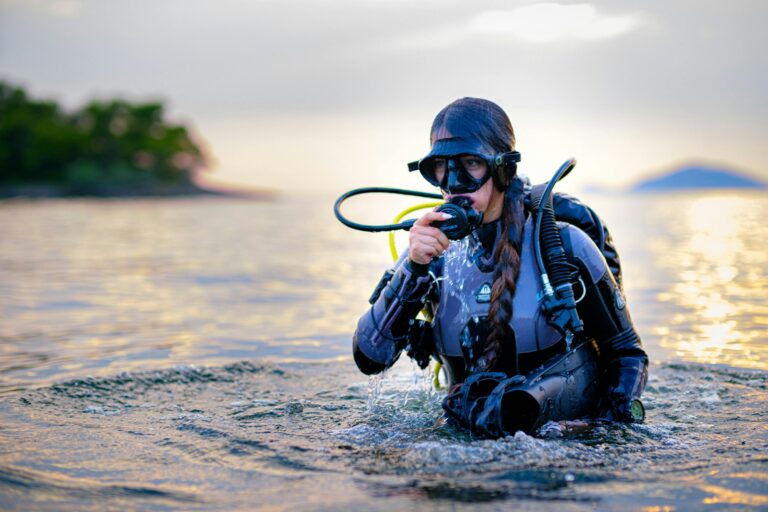
grapplingstars.com, femcompetitor.com, fciwomenswrestling.com, fcielitecompetitor.com fciwomenswrestling2.com articles, pexels.com-photo Fernando-Ramirez.
July 5, 2019,
Life in the new world, filled with age old problems that have plagued man since the beginning of civilization, and the illusion that the world is actually civilized, spawns innovative creations to combat the problems of the past that have forced their way into the present.
It is the essence of Sci-Fi movies that captivate us.
Biometrics is the technical term for body measurements and calculations. It refers to metrics related to human characteristics. Biometrics authentication (or realistic authentication) is used in computer science as a form of identification and access control.
It is also used to identify individuals in groups that are under surveillance.
Biometric identifiers are the distinctive, measurable characteristics used to label and describe individuals such as finger printing, DNA, iris recognition and increasingly, facial recognition.
How often have we watched a team of detectives in police procedural dramas sit around in a high tech room, watching a screen using facial recognition technology to identify their potential serial killer or mass murderer?
A facial recognition system is a technology capable of identifying or verifying a person from a digital image or a video frame from a video source.
There are multiple methods in which facial recognition systems work, but in general, they work by comparing selected facial features from given image with faces within a database.
While initially a form of computer application, it has seen wider uses in recent times on mobile platforms and in other forms of technology, such as robotics.
Although the accuracy of facial recognition system as a biometric technology is lower than iris recognition and fingerprint recognition, it is widely adopted due to its contactless and non-invasive process.
Finger printing is obviously no longer enough.
Travelers are finding that out as we speak.
The Australian Border Force and New Zealand Customs Service have set up an automated border processing system called SmartGate that uses face recognition, which compares the face of the traveler with the data in the e-passport microchip.
All Canadian international airports use facial recognition as part of the Primary Inspection Kiosk program that compares a traveler face to their photo stored on the ePassport.
According to DMV, “If you fly within the United States or enter secure federal buildings and military bases, you will need a valid passport or other federally approved document, such as a REAL ID driver license or identification card, beginning October 1, 2020.
Before you renew your driver license or identification card or apply for one, you must choose between a federal compliant REAL ID driver license or identification card and a federal non-compliant one.”
Just what we need. More documents to apply for. If you love to travel, domestically or abroad, please get used to it.
The U.S. Department of State operates one of the largest face recognition systems in the world with a database of 117 million American adults, with photos typically drawn from driver’s license photos.
Isn’t globalization grand?
Having spewed all of that, it is a small price to pay for safety in an increasingly volatile and unpredictable world.
As we’ve learned from our experiences when technology is imposed upon us for our benefit, people can resist or embrace the process.
World travelers seem to be embracing it.
Air Travelers Embrace Facial Recognition

Airlines Predict Record Summer Travel Season
WASHINGTON, July 1, 2019 /PRNewswire/ — An estimated 257 million air travelers are expected to take to the skies this summer which will undoubtedly lead to busy airports and long security lines. In advance of the July 4 holiday weekend, a new poll released today shows frequent flyers are embracing the use of facial recognition technology to improve security and reduce time spent waiting in lines.
“There’s a need to balance security and efficiency in the travel environment,” said David Fuscus, President of Xenophon Strategies which conducted the commissioned survey on behalf of NEC Corporation of America (NEC), a leading provider of biometric and artificial intelligence solutions. “Facial recognition technology is working in airports around the world to address both problems at the same time.”
Conducted online between May 6 and June 14, 2019, the survey polled 1,955 frequent flyers and has a margin of error of 2.2 points with a 95 percent confidence level. Survey respondents are self-identified members of frequent flyer programs including those of at least three of the top major airlines operating in the United States. Nearly a quarter of respondents said they take more than 10 flights per year.
According to the survey, 75 percent of frequent flyers said they would favor the use of facial recognition to identify both foreign and domestic travelers. Nearly 87 percent said they would approve of the use of facial recognition to identify criminals and terrorists and protect the air travel system. In addition, passengers cited security and check-in lines as their top annoyances. More than 71 percent were willing to pay a $10 fee to bypass lines, while nearly 22 percent would embarrass themselves by singing a song to the security agent if it meant they could proceed more quickly.
“Airlines are reporting that they can board jumbo jets in about a third less time by using face recognition at the gate. Meanwhile, U.S. Customs and Border Protection reports they have been able to stop more than 100 imposters trying to enter the country on false documents. These successes would not have happened—and will not continue to happen—without facial recognition,” said Mr. Fuscus.
In addition to these results, the survey showed that there is broad awareness and affinity for the use of facial recognition in air travel. More than 84 percent of those polled said they would opt-in to an “airport of the future” that used facial recognition to speed travel through the airport by reducing the need to stop and show paper documents for bag drop, check in, security, and boarding.
“There is enormous interest in facial recognition technology in the U.S. from airports, airlines, hotels, rental car agencies, and an array of other providers in the smart travel industry,” said Raffie Beroukhim, Sr. Vice President of Advanced Recognition Systems for NEC. “This growth is fueled by positive feedback from travelers who are pleased with the experience and added sense of security they get from using biometric technology, as well as the efficiency experienced by the airlines. This survey reinforces the feedback we consistently get when the technology is launched at a new airport.”
Nearly 78 percent of survey respondents indicated they were aware of facial recognition technology currently in use at airports for international travelers entering and exiting the country, while 48 percent knew of the biometric programs being implemented by airlines.
Frequent air travelers said they would like to see facial recognition improve the following aspects of their travel journey:
- 59.5% Booking a ticket
- 56.04% Renting a car
- 52.18% Checking into a hotel
- 46.63% Customized signage in the airport
- 21.39% Make a purchase in the airport
- 8.91% Customized “outdoor ads”
About Xenophon Analytics
Xenophon Analytics is the research arm of Xenophon Strategies, a Washington, DC-based public affairs agency with expertise in travel, transportation and infrastructure. The survey was commissioned by Dallas, Tex.-based NECAM, a leading provider of facial recognition technology, including the systems that power the U.S. Customs and Border Patrol’s Traveler Verification System which supports biometric entry and exit procedures in the land, air, and sea environments.
SOURCE Xenophon Strategies
~ ~ ~
Opening photo via CMO Australia
https://en.wikipedia.org/wiki/Biometrics
https://www.dmv.ca.gov/portal/dmv/detail/realid
https://en.wikipedia.org/wiki/Facial_recognition_system
https://www.prnewswire.com/news-releases/air-travelers-embrace-facial-recognition-300878675.html



